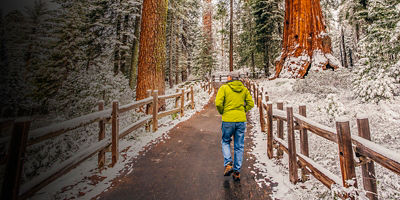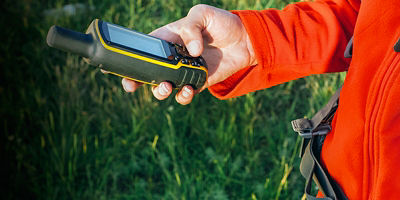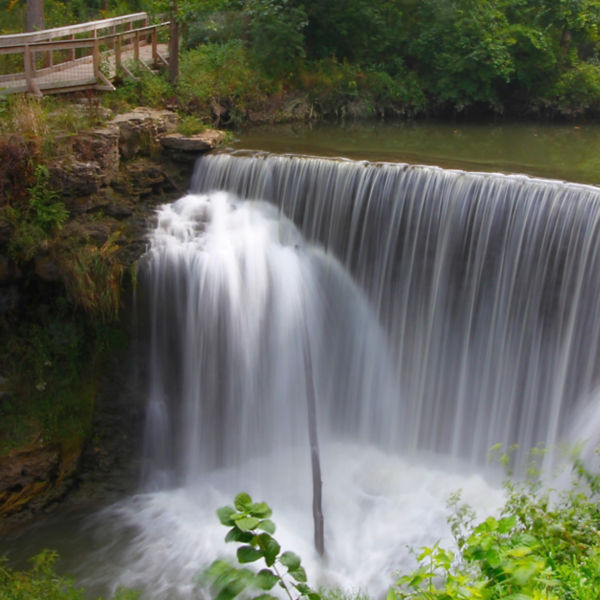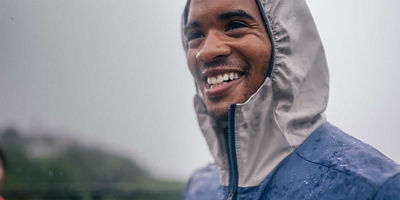
While hiking in the company of friends or family is a fantastic way to experience nature and build relationships, solo hiking has its own rewards. For some hikers, nothing replaces the solitude and independence and self-reflective time of a solo trek. But it’s not without controversy. Some people think you should never hike alone, because of the risk. Others think it’s perfectly safe as long as you take appropriate precautions. If you’re ready to try a solo hike—and be totally self-reliant—here are some tips to get started.
Choose a Familiar Route
If you’re new to hiking alone, choosing a route you know well is the safest bet. You don’t want to get lost on any hike, of course, but getting disoriented on a solo trek is especially disconcerting since you have no one to problem solve with. It’s also a good idea to choose a popular trail. Knowing that other trail users frequent the same trail can safeguard your experience. If you get into trouble, someone passing by could help.
Choose a Conservative Route
This is not the time to go for a personal mileage record. When you’re first getting comfortable with solo hiking, there’s no need to increase the risk by pushing yourself farther or higher than you’re used to.
Tell Someone Where You’re Going
Tell a trustworthy friend or family member your exact plans. Let them know what trail you’ll be on and your estimated time of return. It’s also a good idea to leave a note on the windshield of your car saying what route you’re taking and what time you intend to return to your car. This key information can be critically important in search and rescue efforts, should something go wrong on your hike.
Go Early
Don’t get stuck finishing a solo hike after dark. That just increases the risk, and in the worst cases could force an unplanned overnight. You also want to avoid getting caught high on ridges or summits during thunderstorms, which often happen in the afternoon. For those reasons, it’s best to get an early start on solo hikes.
Bring a Dog
If you have a dog who can hike, or have a friend with a dog who can hike, take that pup with you. The presence of a canine friend can be both comforting and increase your safety from both human and wildlife dangers. It’s best to keep dogs leashed, as dogs charging after moose or bear can increase danger for all parties.






















